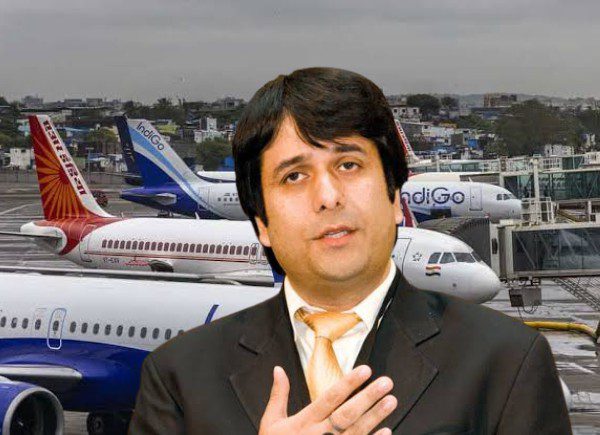
Kapil Kaul, the CEO of CAPA India, remains a pivotal voice in the Indian aviation sector. Reflecting on the industry’s rapid transformation, he emphasized the critical juncture it now faces:
“Indian aviation is at a critical inflection point. The opportunities ahead have the potential to impact generations. India must decide whether it aims for a transformative, aspirational vision or a more conservative, linear path of growth.”
A Vision for Growth
On the growth potential of the Indian market, Kaul shared an optimistic outlook:
“Domestic airport passenger numbers could rise from 307 million in FY24 to 600–700 million by FY30, while international traffic could increase from just under 70 million passengers to 140–160 million over the same period.”
Air India’s Transformation
Discussing the challenges of Air India’s merger, Kaul stressed the complexity of integrating multiple carriers:
“We should not underestimate the complexities involved in the making of a new Air India. It’s a merger of different airlines, each with distinct business models, operating structures, and professional cultures. The core airline itself, Air India, was underinvested for two decades in terms of people, product, and technology. It required almost creating a new Air India from the ground up.”
The Path to Global Hub Status
Kaul also highlighted the potential for India to become a major global aviation hub:
“There is a real opportunity for two to three Indian airports to emerge as leading global hubs, in cooperation with Air India and IndiGo, making them as attractive and competitive as the likes of Dubai, Abu Dhabi, Doha, Singapore, or Hong Kong. Together, Air India and IndiGo’s complementary business models can capture both premium and price-sensitive travelers, leveraging India’s strategic geography to connect passengers globally.”
Addressing Operational Challenges
However, Kaul cautioned against the significant operational challenges facing the industry:
“The shortage of pilots, AMEs, cabin crew, flight dispatchers, and other critical personnel is far more severe than currently understood. The introduction of new FDTL (Flight Duty Time Limitations) guidelines and poaching by Middle Eastern carriers are likely to further strain this critical talent pool.”
He also emphasized the need for efficiency at India’s airports:
“The productivity of single and dual runway airports needs to be increased to meet international benchmarks.”
Additionally, Kaul stressed the importance of structural reforms in air navigation services:
“Corporatisation of ANS (air navigation services currently managed by the Airports Authority of India) is essential to address airspace bottlenecks and improve operational efficiency.”
Financial Realities
Looking at the financial outlook, Kaul projected a challenging fiscal year:
“Indian airlines are expected to post wider industry-wide losses in fiscal 2025 as rising costs outstrip growing demand. CAPA India estimates losses for the year ending March 2025 at between $400 million and $600 million.”

